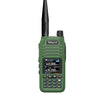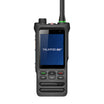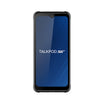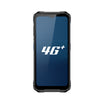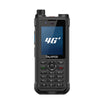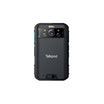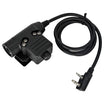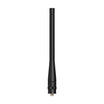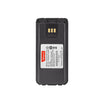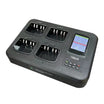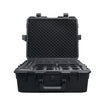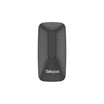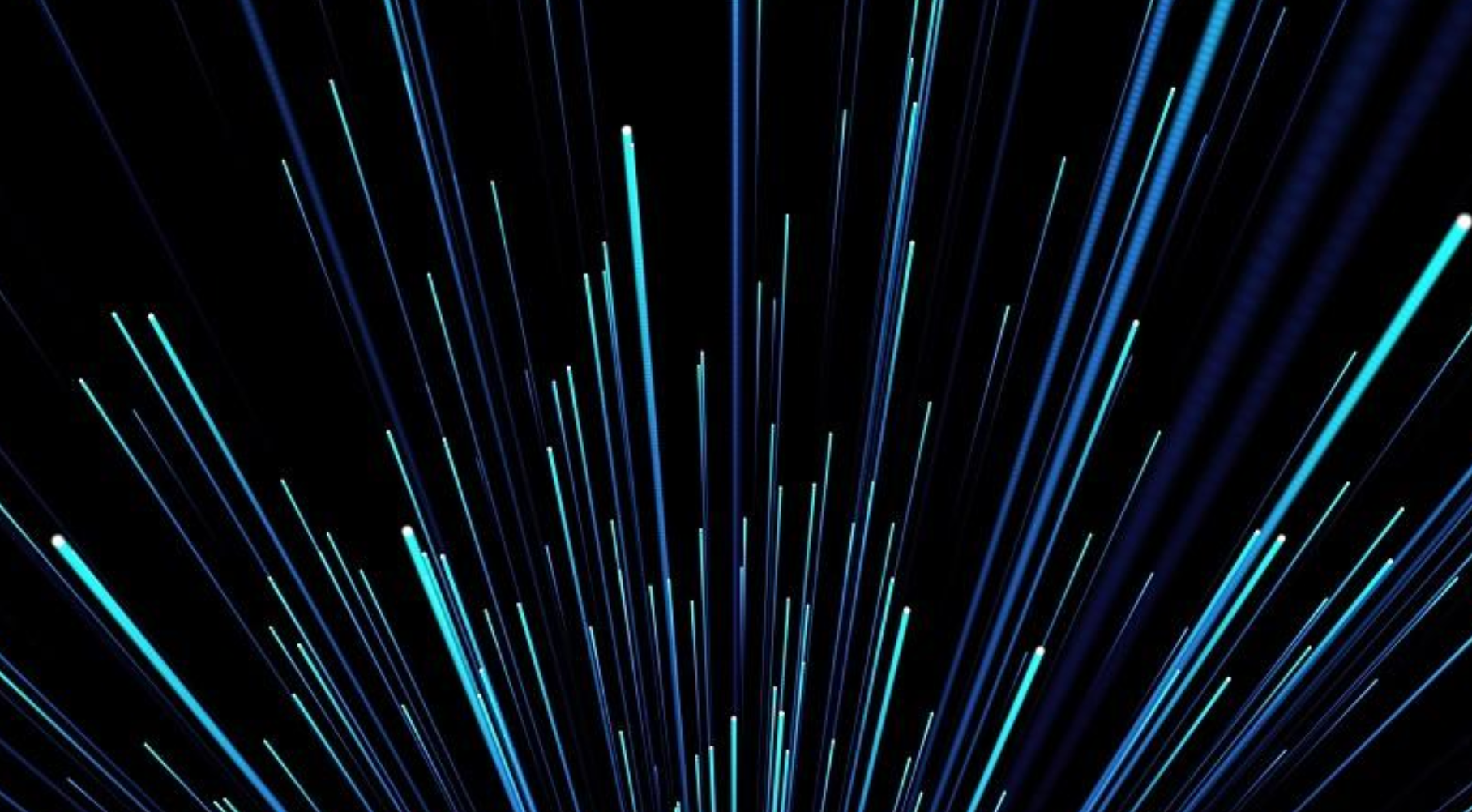What are Short Data Messages? Short Data Messages (SDMs) are concise, text-based communications typically not exceeding 100 characters, used in two-way radio systems. They allow for the transmission of straightforward, precise information between users, ensuring that critical data can be shared quickly and efficiently without the need for extended voice communication.
How Do Short Data Messages Work? In two-way radio systems, SDMs are sent from one device to another, similar to text messaging in cellular phones. Users can compose and send brief texts via their radio units. These messages can include essential information such as location details, status updates, or short instructions. Modern digital radios support this feature, utilizing their network's data capabilities to transmit messages across.
Why are Short Data Messages Important? Short Data Messages offer several benefits in professional communication environments:
- Efficiency and Clarity: By conveying essential information in a compact format, SDMs reduce misunderstandings and the time needed to communicate complex details over voice channels.
- Non-Intrusive Communication: Unlike voice messages that require immediate attention, text messages can be read and responded to at the recipient's convenience, making them less disruptive.
- Enhanced Record-keeping: Text messages create a log of communications, useful for tracking decisions, instructions, and responses.
- Improved Safety: In noisy environments or situations where discretion is required, SDMs offer a silent alternative to voice communication, ensuring messages are still received.
In summary, Short Data Messages enhance the functionality and versatility of two-way radio systems, providing a quick, discreet, and efficient method of communication, especially in scenarios where voice communication is not feasible or preferred.







